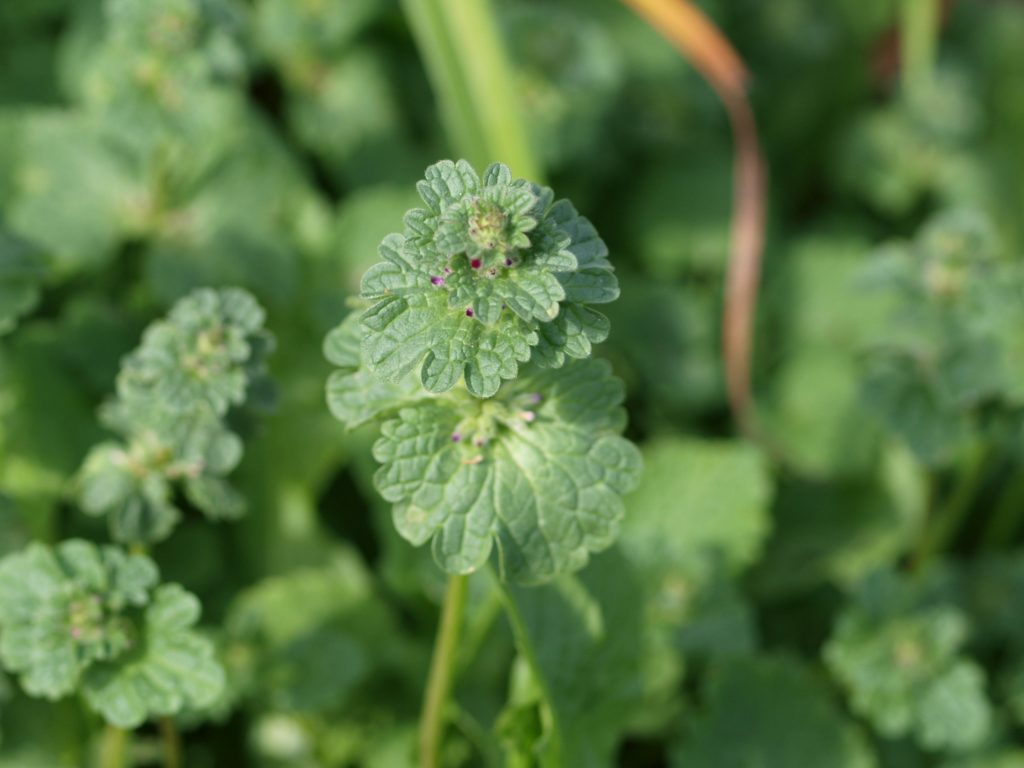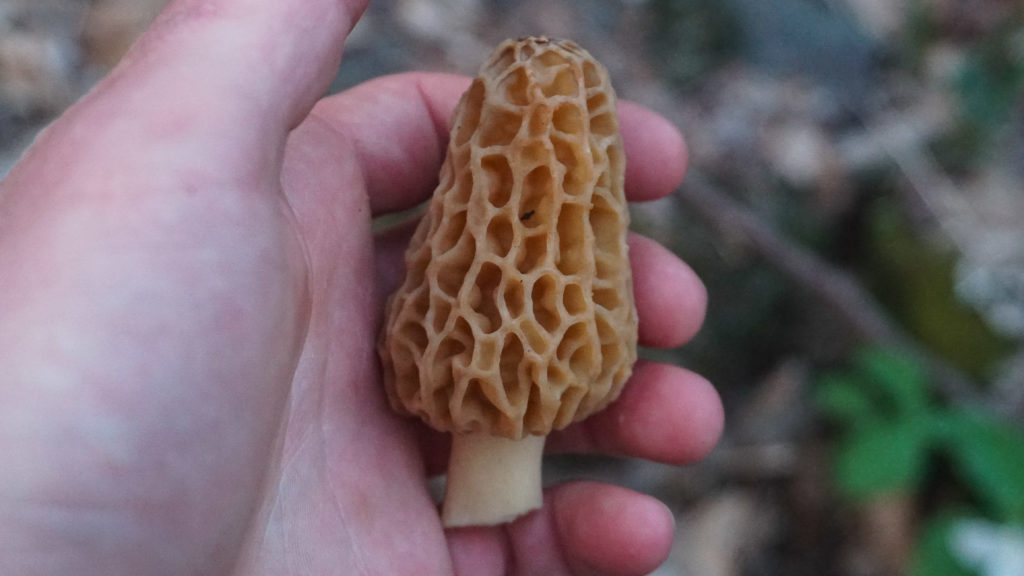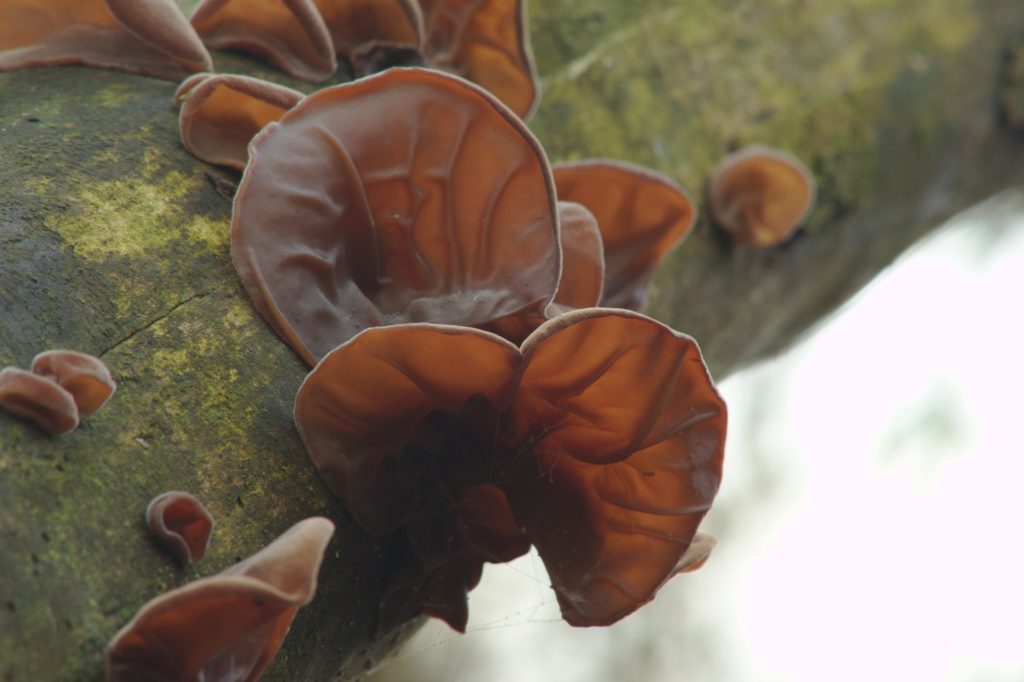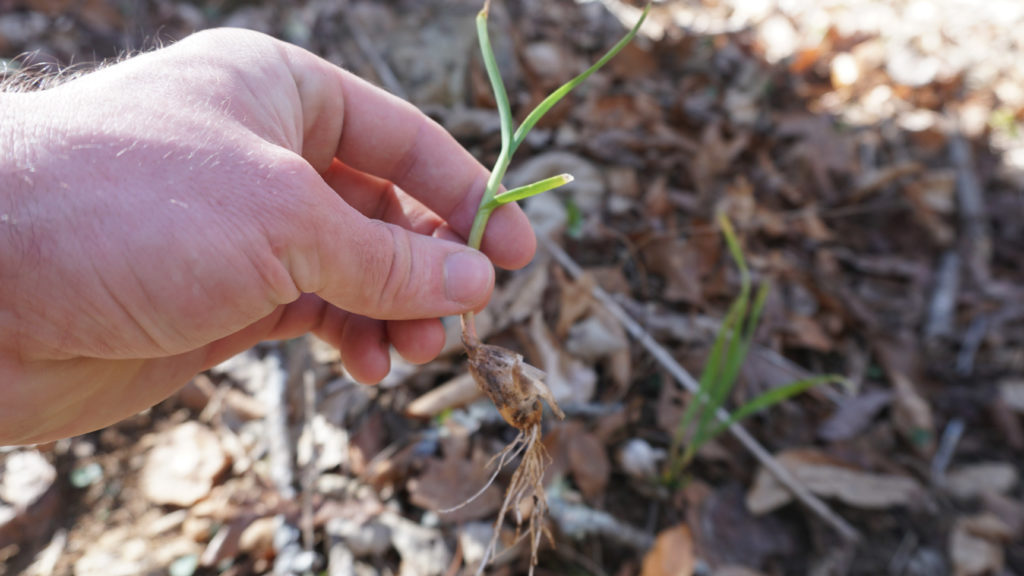12 Wild Spring Edibles to Forage this Spring
After a long winter, the foraging season comes into full swing in the spring. Here is an overview of 12 edible plants and mushrooms to forage this season.
Stinging Nettle (Urtica dioica)
This may be the most nutritious plant in the forest. It is known as stinging nettle for it’s stinging hairs. The hairs act as hypodermic needles and inject histamine into the body causing a stinging sensation. Heating up or drying the plant deactivates it’s stinging hairs. Despite the sting, these are edible plants. A single serving of stinging nettle contains 100% of vitamin A and 50% of calcium as well as zinc, iron, calcium, and magnesium. In the early spring, you can harvest these plants without gloves. As the season progresses to summer, the stinging hairs become more painful and you may want to use gloves.
Stinging Nettle also has a whole host of medicinal properties. In spite of the stinging hairs, Nettle is actually anti-inflammatory and reduces histamine levels when taken internally. It can fight urinary tract infections, help with enlarged prostates, balance blood sugar and increase testosterone by binding with excess estrogen. For medicinal uses, you can make an infusion by letting the nettle steep in water overnight.
For food, it can be used in lieu of cooked spinach. Nettle soup is also very tasty.

Red Dead Nettle (Lamium purpureum)
This Plant is not a true Nettle and is actually part of the mint family. This soft plant contains no stinging hairs, so there is no need to wear gloves. The plant’s leaves are clustered towards the top of the plant and the leaves near the very top tend to have a red-purplish hue, Dead nettle has triangular leaves with small fine hairs. This plant has pinkish-purple flowers that extrude from the plant. Opposite paired leaves. Square stems. Mint family. These can be eaten raw or cooked.

Henbit (Lamium amplexicaule)
This plant is often confused with red dead nettle. However, this plant has clover shaped, jagged leaves. It can be used to treat wounds and skin issues. Henbit also has tubular lavender-blue flowers that grow vertically in the spring. It has a very similar taste to kale and can be used in salads and smoothies.

Morel Mushrooms (Morchella sp)
These honeycomb shaped mushrooms are one of the most sought after spring fungi. These mushrooms grow on the ground floor of the forest when the soil temperatures between 45 and 50 degrees fahrenheit.
Morels tend to grow around decaying elm, ash, apple and tulip poplar. They also like south-facing slopes and disturbed areas like burn sites and logged forests.
To identify these mushrooms, you’ll want to make sure that the cap and stem are hollow. On most morel species ( Yellow, Common, and Tulip Morels) the cap will be attached to the stem. One exception is the half free morel where the bottom of the cap hangs free.
Morels are a choice edible mushroom that is delicious sauteed. The mushrooms should never be eaten raw, partially cooked or with alcohol. I really like to combine morels with other wild edibles like ramps.

Ramps (Allium tricoccum)
Ramps are a pungent wild edible in the allium genus. These plants are a spring ephemeral meaning the leaves and flowers come out in the spring, but disappear by the summertime. These garlic smelling leaves emerge in mid spring. The leaves have an onion-like bulb under the ground. To sustainably harvest ramps, pick only one leaf from each plant and leave most (80%) alone completely. These plants often form in large patches, if there is a healthy population. If you are going to harvest the bulbs of the ramps, twist off the crown as you pull them off the ground.
After the leaves are gone in mid to late summer, ramps will put out their seeds. I like to go back to my ramp patch at this time to plant and spread the seeds. This increases the population over time. This species is at risk of being overharvested if proper techniques aren’t used. Ramps can be eaten raw, but the flavor of the leaves increases when it is cooked. Ramps can be pickled, cooked with eggs, pasta, stir frys or put on pizza.

Dandelion (Taraxacum officinale)
Dandelion is an extremely common, but often overlooked plant. Dandelion has a lot of look-alikes, so it is important to be careful when identifying it. Dandelion is known for it’s bright yellow leaves and its basal leaves( leaves that grow from the bottom of the stem only). They have a single, unbranched stem, lobed leaves and produce a milky sap.
Both the leaves and the flowers of Dandelion are edible. The leaves are a pretty bitter green, but simmering them and then straining improves the flavor. The flowers are not as bitter and make an aesthetic topping for a meal. Dandelion is very high in vitamins A, B, and C.
Dandelion root is a popular herbal ingredient and produces a dark, bitter tea with a similar taste to coffee. Dandelion root acts as a diuretic and helps cleanse the liver. It is also great for the digestive system and contains inulin which is good for diabetics.

Wood Ear (Auricularia auricula-judae)
These Jiggly Ear Shaped Mushrooms were traditionally used in Asian Cuisine. Wood Ear is a Jelly Fungi that has a distinctive ear shape. Wood Ear grows on dead branches, limbs and twigs. It is best to look for wood ear after it rains. If it has been dry for too long, wood ear tends to shrivel up like a raisin. These gelatinous mushrooms have a lot of copper and b vitamins. One serving of wood ear has 30% of your copper intake. Wood Ear also can boost immune function with its polysaccharides. This is delicious in soups and stir frys.

Amber Jelly Roll (Exidia recisa)
Amber Jelly Roll is a more formless, translucent cousin of wood ear. It forms in denser clusters, has less of an ear shape and more wrinkles than wood ear. Amber jelly is another edible fungi and can be cooked in a similar way to woodear. These mushrooms don’t have a lot of taste, but they have a unique texture. These jelly fungi are best suited to soups and stir frys.

Chickweed (Stellaria media)
Chickweed forms in dense Mats and is one of the first edible plants in the spring. Chickweed has tear drop shaped leaves that form in opposite pairs. Chickweed has little hairs that form on the stems. Chickweed has stalk that attach the leaves to the stem called petioles.
Chickweed is a delicious salad green that has a similar taste to broccoli sprouts. Chickweed is very nutrient dense with a lot of vitamins C, Iron and Calcium. This is a very easy plant to collect in Abundance. I really like to make pesto with chickweed as well.

Wild Onions / Wild Garlic (Allium spp.)
These wild allium are much more common than ramps and are often growing in lawns and forests. Wild onions and Garlics are easy to recognize because they resemble domesticated scallions and onions. Wild Onions have flat leaves and wild garlic have hollow Scallion like tubes. You can use the plants to make a delicious scallion pancake. Later in the season, you can use the garlic scapes for soup.

Common Blue Violet (Viola spp.)
These vibrant flowers are great garnish and salad green. The leaves and flowers of these plants are edible raw or cooked. The flowers have a similar taste to sweet peas and are often candied to add to desserts. Violet flowers can also be used to make violet syrup and it is added to drinks.

Dryad’s Saddle ( Cerioporus squamosus)
These scaly polypores are also known as Pheasant’s back and are found growing on the sides on dead hardwood trees and stumps. This mushroom has a very unique watermelon / cucumber smell and taste to them. The fungi taste the best when they are young and tender, but as the mushrooms get older they get tough and chewy. If you find an older specimen of dryad’s saddle, the outer ring of the mushroom should still be fairly soft and can still be eaten. Dryad’s saddle is an easy polypore to identify with its dark scale patterns on the top of the mushroom. On the underside of the mushroom, there are distinctive large honey-comb pores. The mushrooms are quite good when they are sauteed or used in broths.
